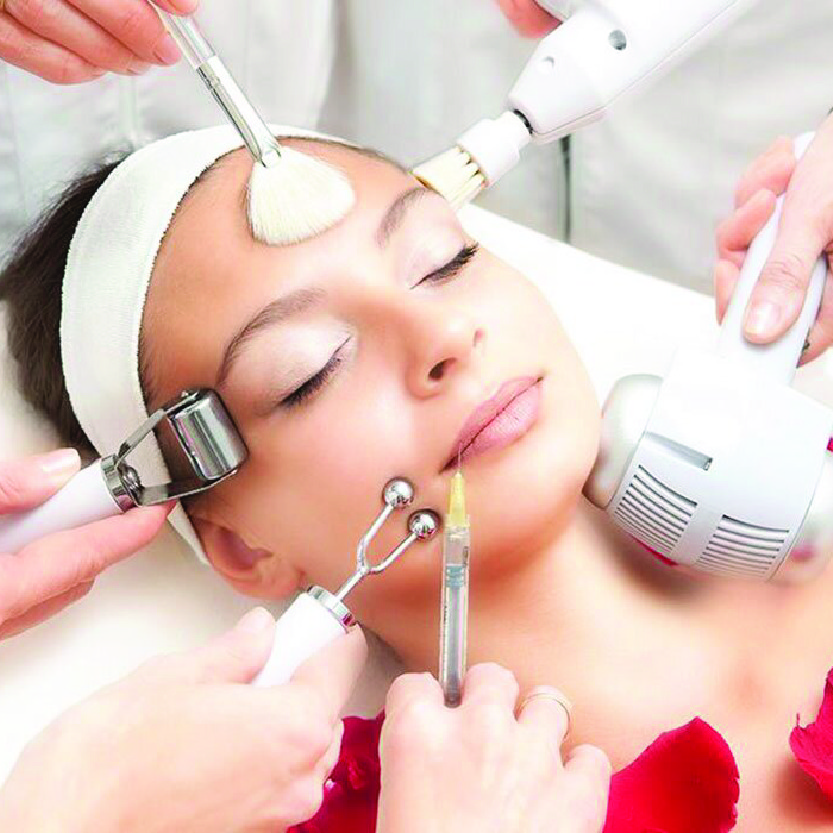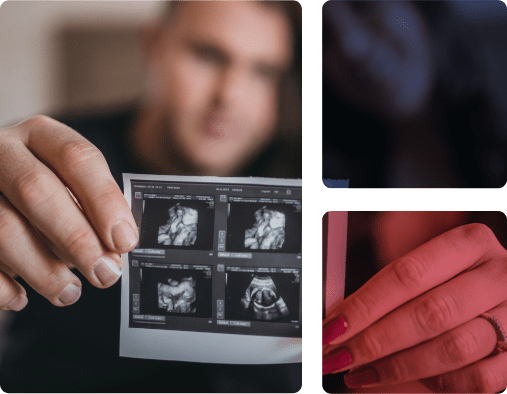Somewhere on digital storage media, an impeccably performed laparoscopic myomectomy exists as unprocessed recording. Forty-seven minutes documenting exceptional surgical technique remain archived yet unutilized. Simultaneously, another physician’s relatively standard procedure—professionally edited, clearly annotated, strategically condensed—generates conference invitations, influences professional trajectories, and establishes authoritative reputation.
This disparity stems not from operative skill differences. Rather, contemporary medical environments increasingly recognize that presentation quality equals procedural quality in professional impact. Raw surgical recordings, regardless of technical brilliance, rarely communicate expertise effectively without professional refinement.
Academic research confirms professional video editing transforms passive surgical documentation into active educational tools. Studies demonstrate that edited, annotated surgical content improves learning outcomes by over sixty percent compared to unprocessed footage. Conference presentation data reveals video-based submissions receive forty percent higher engagement scores than traditional formats. Furthermore, healthcare professionals maintaining polished digital presence report measurable increases in patient trust and referral generation. Read more



